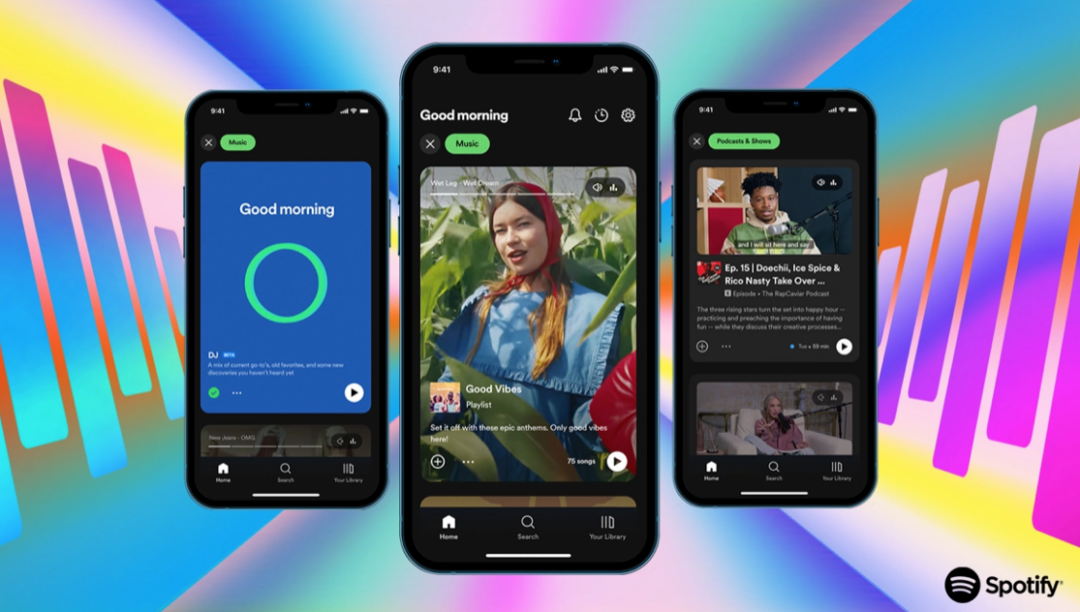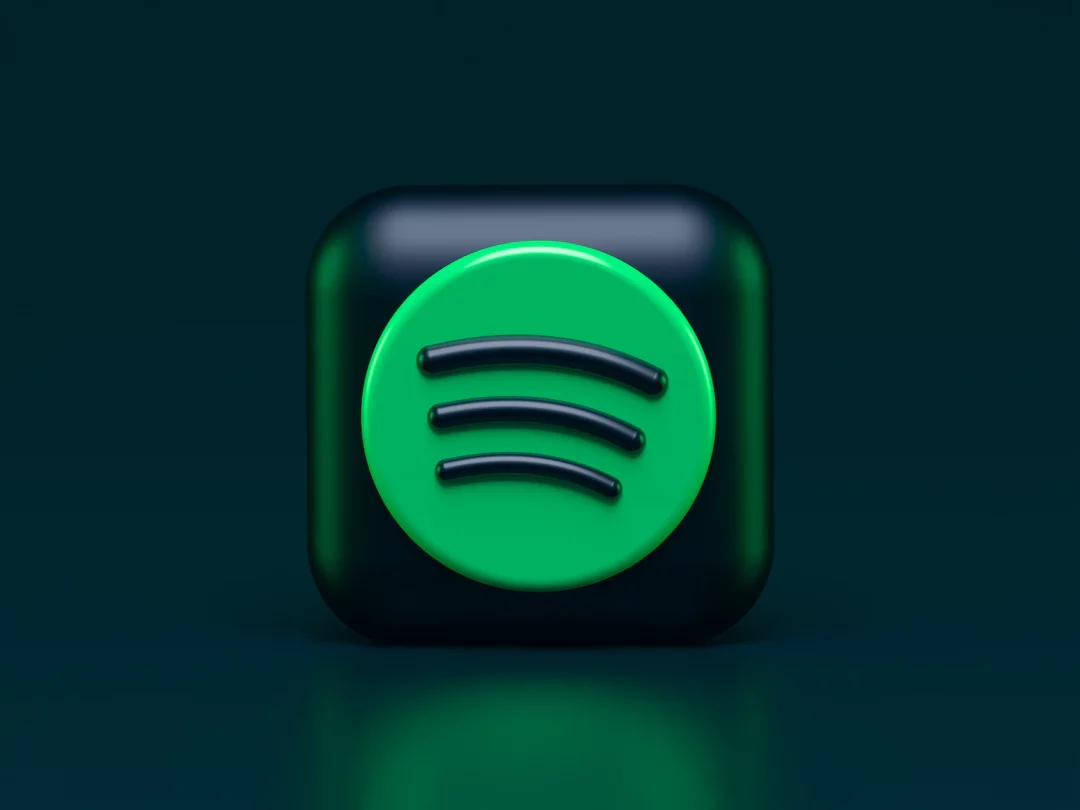The TikTokification of apps has been impossible to ignore with the prolific prevalence of cringe reels filmed in vain hope for an attention-driven shot of dopamine cropping up on Instagram and Facebook. Now Spotify has jumped on the immediate gratification bandwagon with Discovery Mode.
As with any innovation, there are some advantages, but once again, those perks don’t throw the underdogs a bone. Understandably, not everyone is happy about this new move that has stoked fears about what this means for the music industry.
The streaming era of music has already changed the way some artists write songs. Extended intros and quiescent interludes have been forsaken for the allure of earwormy instant hooks; every skip on a track is negative data for Spotify’s algorithm. Who can blame artists for playing the game?
In recent years, more and more music fans have started to utilise TikTok to discover new artists. In 2021, 75% of users said they discovered artists on the app. 67% of users surveyed stating they seek out artists outside the platform after being exposed to them via TikTok videos. It hardly comes as a surprise that so many users discover music on the app, given that users spend an average of 1.5 glued to it each day. This can also be taken as a good sign that TikTok users don’t actually think of the Oh No TikTok Remix as the height of sonic pleasure.
What is Spotify Discovery Mode?
Spotify Discovery Mode was launched to garner more algorithmic exposure through auto-play and Spotify Radio. Although, it comes at a cost. The increased exposure is in exchange for a lower royalty rate. Yes, lower than the current rate of $0.003 – $0.005 a stream.
Of course, there is the argument that Spotify is best utilised as a music discovery platform; the exposure gained via Spotify can increase the flow of revenue streams elsewhere and widen your audience. Yet, it seems unfair that the CEO, Daniel EK, has added this royalty cut caveat to the new tool, which he announced on March 8th during a Stream On event.
When artists create Discovery Mode campaigns, their music will be added to TikTok-ESQUE discovery feeds, which allows users to vertically scroll through tracks and take advantage of the Smart Shuffle feature. The rollout won’t happen all at once. The availability of features will hit some markets before others.
For music fans, this Spotify revamp is an attempt to make the app just as interactive and lively for its subscribed members as TikTok. The revamp also strives to take the clutter away from the homepage, which is currently a messy mash of recently streamed artists, new releases, daily mixes, discover weekly playlists and release radar playlists.
How Valuable Can the Spotify Discovery Tool Be?
Even though the Spotify Discovery Mode has only just been made available to all artists, before the mass launch of the tool, it has been tested with a select number of artists; apparently, the results speak for themselves.
The stats showed, on average, Spotify users utilising the Discovery Mode are twice as likely to save songs, 44% more likely to playlist the artists, and 37% more likely to follow that artist.
While those figures are pretty impressive, the reduced royalties, which are 30% less than standard royalties, are still a slap in the face for the artists that are providing all the content; Spotify is still standing by its convictions, maintaining that it will provide invaluable opportunities to connect with new listeners.
In a recently published blog post, Spotify sold the discovery mode by iterating that it requires no upfront investment – unlike many forms of promotion. Yet, that has done little to quash the rallying cries against the lower rates, which are speaking out against preying on independent artists looking for a way to break through in the oversaturated industry.
All musicians can enter their tracks into Discovery Mode via Spotify for Artists if their distributors participate in the program. The head of artist partnerships and audience at Spotify, Joe Hadley, was rife with optimism for the new possibilities the tool can offer independent artists.
Those sentiments certainly aren’t shared across the board; even members of congress have dubbed Discover Mode as a digital form of Payola. For anyone not in the know, the term Payola was coined to refer to the music industry middlemen that pay for radio play. One of the biggest causes for concern is the dam that the lower royalty rates will create in the flow of cash from Spotify to songwriters.
Members of congress are also starting to question if the new tool goes against the guidelines of the Federal Trade Commission under the subsection that covers transparency over disclosures of paid content.
How Discovery Mode Works in Practice
If you don’t mind taking a royalty rate cut, you can create a Discovery Mode campaign by logging into Spotify for Artists, heading to the campaigns page and hitting Discovery Mode.
From there, you can set up a month-long campaign; new campaigns must be created from the 11th to the last day of the month. Select the tracks you would like to be part of the campaign and submit them.
If you don’t see the track you would like to select for a campaign, there are a few items in the eligibility criteria you need to take into account. Your track must be distributed via a participating licensor (CD Baby, DistroKid, Venice Music, Stem, and Vydia), has been streamed on Auto Play in the last seven days and has been on Spotify for at least 30 days.
Note that Discovery Mode is a way for artists to let Spotify know which tracks are a promotional priority. This will add a signal to the Spotify algorithms, which are tasked with personalising listening sessions for premium subscribers.
By creating a Discovery Mode campaign, you will increase the likelihood of selected tracks being recommended, it is NOT a guarantee that your streaming stats will skyrocket.
Article by Amelia Vandergast


